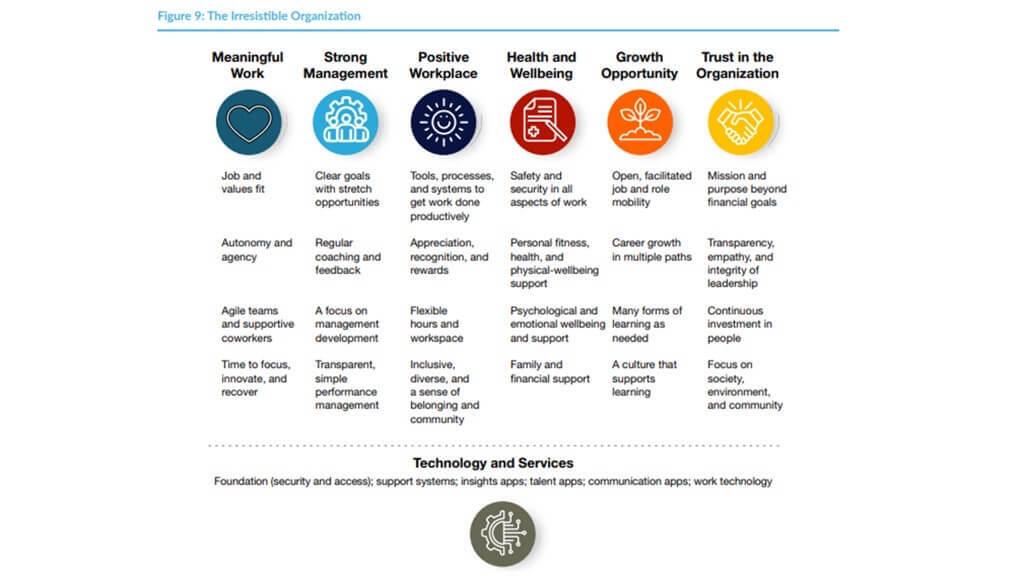Unveiling the secrets behind a transformative workforce culture – discover the latest groundbreaking trends shaping the future of innovation!
Image courtesy of Max Fischer via Pexels
Table of Contents
- Workforce Trend 1: Embracing Remote and Flexible Work
- Workforce Trend 2: Cultivating a Diverse and Inclusive Work Environment
- Workforce Trend 3: Prioritizing Continuous Learning and Skill Development
- Workforce Trend 4: Leveraging Technology and Automation for Creative Collaboration
- Workforce Trend 5: Adopting Agile and Adaptive Work Processes
- Conclusion
Innovation has become a crucial driver of success in today’s rapidly evolving business landscape. As organizations strive to stay competitive, they must cultivate a workforce culture that encourages and fosters innovation. In this blog post, we will explore five key workforce trends shaping the work’s future and driving innovation. By understanding and embracing these trends, organizations can unleash the full potential of their workforce and stay ahead in the ever-changing marketplace.
Workforce Trend 1: Embracing Remote and Flexible Work
The rise of remote work has been accelerated by technological advancements and further propelled by the COVID-19 pandemic. Organizations have realised the benefits of remote and flexible work arrangements, not only for employee well-being and work-life balance but also for fostering innovation.
Remote work allows employees to work in environments conducive to creativity and flexibility. It eliminates geographical barriers, allowing organizations to tap into a global talent pool. Organizations should prioritize clear communication, provide the necessary tools and technologies, and establish collaborative virtual spaces to manage remote teams and drive innovation effectively.
Workforce Trend 2: Cultivating a Diverse and Inclusive Work Environment
Diversity and inclusivity play a crucial role in fostering innovation. Organizations that value and promote diversity benefit from various perspectives, ideas, and experiences, enhancing creativity and problem-solving abilities.
To cultivate a diverse and inclusive work environment, organizations can implement strategies such as diverse hiring practices, unconscious bias training, mentorship programs, and employee resource groups. By embracing diversity and inclusivity, organizations can tap into the full potential of their workforce and drive innovation through varied perspectives.
Workforce Trend 3: Prioritizing Continuous Learning and Skill Development
Innovation thrives in a culture of continuous learning and skill development. The rapid pace of technological advancements requires organizations to foster a growth mindset and encourage employees to acquire new skills and adapt to changing demands.
Image courtesy of www.humanresourcesonline.net via Google Images
Organizations face challenges in upskilling and reskilling employees to align with future-focused competencies. Organizations can overcome these challenges by investing in learning and development programs, providing access to online courses and platforms, establishing knowledge-sharing practices, and encouraging cross-functional collaboration.
Workforce Trend 4: Leveraging Technology and Automation for Creative Collaboration
Emerging technologies, such as artificial intelligence (AI) and virtual reality (VR), transform organizations’ collaboration and innovation. These technologies enable seamless communication, virtual meetings, and interactive brainstorming sessions, regardless of geographical location.
Organizations can leverage technology and automation to enhance creative collaboration by implementing project management tools, virtual collaboration platforms, and AI-powered ideation platforms. However, it is essential to consider ethical considerations and ensure that technology augments human creativity rather than replacing it.
Workforce Trend 5: Adopting Agile and Adaptive Work Processes
Traditional hierarchical and rigid work processes can hinder innovation. Agile methodologies provide a flexible framework that allows organizations to quickly adapt to changing market dynamics and customer needs.
Image courtesy of blog.zenhr.com via Google Images
By adopting agile practices, organizations can promote innovation through iterative development, cross-functional collaboration, and a focus on customer value. However, implementing agile methodologies may face resistance from employees accustomed to traditional work processes. Overcoming this resistance requires effective change management strategies and leadership support.
Conclusion
As organizations navigate the ever-changing business landscape, cultivating an innovative workforce culture becomes imperative. By embracing key workforce trends such as remote and flexible work, diversity and inclusion, continuous learning, technology-enabled collaboration, and agile work processes, organizations can unlock the full potential of their workforce and drive innovation. By adapting to these trends, organizations can stay ahead of the curve and achieve sustainable success in the future.


